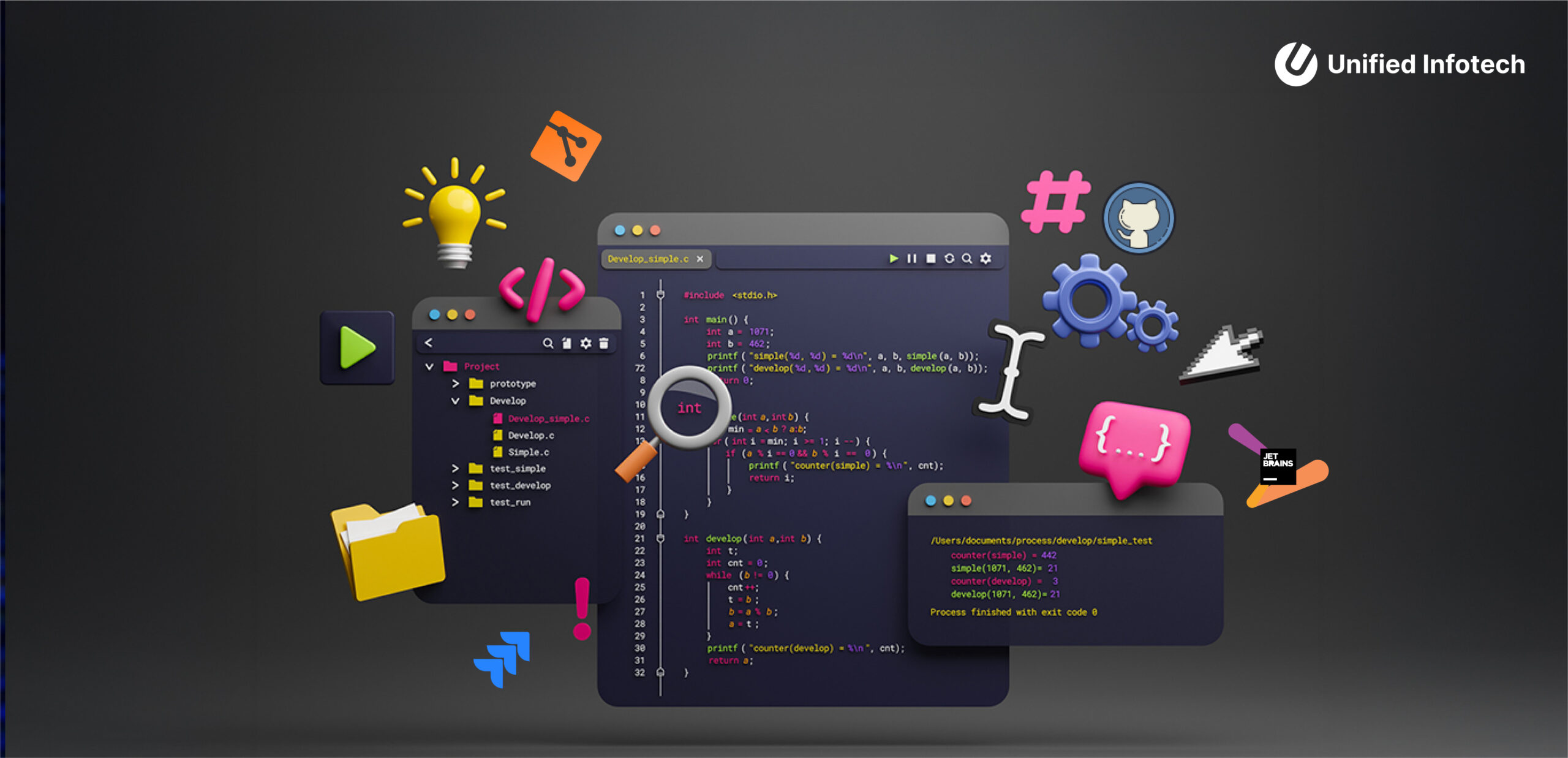
Table of Contents
When it comes to understanding user behavior and optimizing digital experiences, Amplitude and Hotjar offer powerful—but distinct—capabilities. This blog delves into their strengths, differences, and real-world use cases to help you choose—or effectively combine—them.
TL;DR:
- Hotjar excels in visual, qualitative insights like heatmaps and session recordings. Great for UX teams and rapid optimization.
- Amplitude specializes in quantitative, deep behavioral analytics—funnels, cohorts, retention, and experimentation. Perfect for data-driven teams and product optimization.
- Many organizations benefit from using both tools in tandem.
1. Core Focus & Philosophy

Hotjar is a qualitative UX-focused tool designed to enrich understanding of user interactions through visualization:
- Offers heatmaps, session recordings, surveys, feedback polls, form analytics, and conversion funnels (fullview.io, TrustRadius, Competitors App).
- Excellent for uncovering why users behave in certain ways.
Amplitude is a quantitative product analytics powerhouse:
- Enables behavioral segmentation, cohort analysis, funnel visualization, retention tracking, A/B testing, and predictive analytics (fullview.io, Secret Software Deals, Competitors App).
- Ideal for uncovering what users are doing and how that affects the product’s success.
2. Featured Capabilities: Numbers vs Visuals

| Capability | Hotjar (Qualitative) | Amplitude (Quantitative) |
|---|---|---|
| Heatmaps | Visual click/scroll insights | Not available |
| Session Recordings | Replay real user sessions | No session-level replay |
| Surveys & Feedback | Built-in tools for direct user feedback | Surveys available via integrations only |
| Funnel Analysis | Visual funnels with qualitative context | Advanced funnel tracking; real-time metrics, drop-off analysis (Secret Software Deals, Competitors App) |
| Cohort & Segmentation | Limited; mostly rule-based | Advanced segmentation, real-time cohorts |
| Retention Analysis | Not designed for | Core capability; tracks long-term engagement |
| A/B Testing | Not supported | Supported via experimentation workflows or integrations |
| Setup & Usability | Intuitive and fast setup | More complex; steeper learning curve |
| Integrations | Integrates with GA, Slack, HubSpot | Extensive ecosystem: Salesforce, Segment, Mixpanel, etc. (Secret Software Deals, G2) |
| Pricing & Accessibility | Cheaper, friendly for small teams | Higher cost, aimed at enterprise-level analytics teams |
3. Real-World Use Cases

Hotjar excels at:
- Improving UX & conversion rates through visualization.
- Example: LearnWorlds used heatmaps and session replays to drive conversion boosts of 150% (fullview.io).
- Quickly diagnosing form friction, via form analytics, to boost completion rates (Secret Software Deals).
Amplitude shines in:
- Product-led growth and retention analysis.
- Example: Spanish supermarket Mercadona enhanced basket sizes by analyzing behavior patterns (fullview.io).
- Provides customer data platform (CDP) capabilities to create high-quality segments (fullview.io).
- Facilitates A/B testing and experimentation based on behavioral insights.
4. Strengths & Trade-offs

Hotjar
Pros:
- Super easy to set up—even for non-technical users.
- Intuitive visuals and qualitative data are instantly actionable.
- Fantastic for UX-focused teams and small businesses.
Cons:
- Limited quantitative capabilities (no deep funnels, cohorts, or retention metrics).
- Data retention and advanced features are restricted on lower-tier plans (Secret Software Deals, TrustRadius).
- Less suitable for product teams relying on data science and long-term analytics.
Amplitude
Pros:
- Deep behavioral analytics with powerful segmentation, retention, and forecasting tools.
- Scalable platform with real-time analytics and extensive integrations.
- Great for enterprise and analytics-heavy organizations.
Cons:
- Complexity and high learning curve—onboarding requires more technical expertise.
- Higher cost structure, though free tiers exist with limited features (stackfix.com, Software Advice).
- Less intuitive visuals; not ideal for rapid UX insights.
5. Pricing Snapshot

According to TrustRadius:
- Amplitude starts at ~$59/month.
- Hotjar starts at ~$39/month (100 daily sessions) (TrustRadius).
From Software Advice in mid-2025:
- Ratings: Amplitude overall 4.6/5 (Ease 4.1), Hotjar 4.7/5 (Ease 4.6) (Software Advice).
- Anecdotal pros: Amplitude’s free tier and cohort insights; Hotjar’s ease of installation and interface clarity.
6. Integration Possibilities

- You can integrate Hotjar into Amplitude using a destination plugin—forwarding Amplitude events into Hotjar to combine behaviors with visuals (amplitude.com).
- This allows:
- Trend spotting with Amplitude,
- Context-rich session views in Hotjar when interesting events occur.
7. Customer Sentiment & Reviews

- G2 comparison: Hotjar has slightly higher Custom Event Tracking (8.9 vs 8.8) (G2).
- TrustRadius:
- Hotjar praised for heatmaps, session recording—“Watching Hotjar like Netflix” (TrustRadius).
- Amplitude valued for cohort and funnel behavior insights (TrustRadius).
- Competitors.app:
- Users love Hotjar’s ease of use and quick support, but recent pricing changes disappointed some (Competitors App).
- Amplitude praises include “amazing platform” and extensive free plan benefits; downsides are complex setup and pricing opaqueness (Competitors App).
8. Summary: When to Use Which (Or Both?)

Use Hotjar if you need:
- Fast, visual UX feedback.
- Heatmaps, session replays, form analytics, quick feedback loops.
- A tool UX designers can run with independently, without deep technical setup.
Use Amplitude if you need:
- Deep quantitative insights into user behavior over time.
- Cohorts, funnels, retention tracking, experimentation capability.
- A tool for data teams driving product-led growth and strategic decisions.
Use Both Together:
- Amplitude identifies interesting behavior patterns.
- Hotjar provides context and user-level replay for those events.
- The integration gives a full spectrum—what, why, and how.
Final Takeaway
Amplitude and Hotjar aren’t one-size-fits-all choices—they’re complementary:
Hotjar = why users behave the way they do.
Amplitude = what users do, at scale, with predictions and retention insight.
